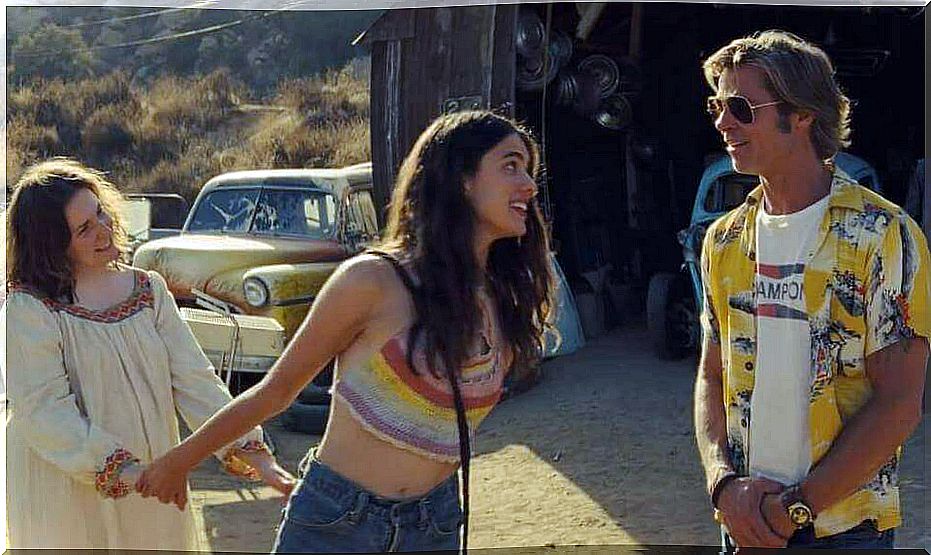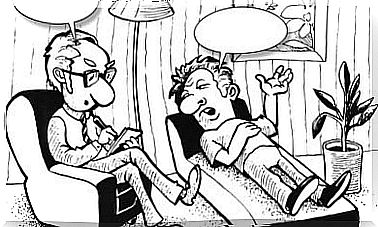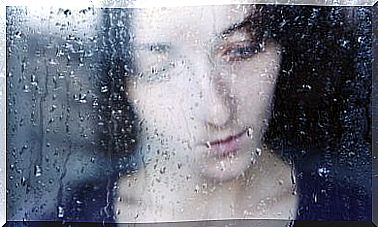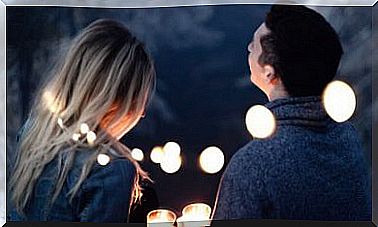Once Upon A Time In Hollywood: The Tale Of Quentin Tarantino

Tarantino has done it again. In the world of rush and immediacy, he has managed to congregate countless people in a movie theater for about three hours, without looking at his cell phone, without speaking and just for the delight of cinema. And that is precisely what CINE has given us, like this, in capital letters and without complexes, pure love of the seventh art, references and everything that the director likes. Once upon a time in Hollywood is the last film by the filmmaker who has spent decades recording by blood and refers to his hallmark in the collective imagination.
And it is that when an artist, of whatever type, does what he really feels, it shows. And now, Tarantino has in his possession an audience that eagerly awaits his latest feature film, money that guarantees his productions and allows him to do what he really wants.
Regardless of whether it is correct or fashionable, Quentin Tarantino revels in his influences, immerses himself in his fetishes and gives us a rewriting of history; reinterpreting what already was, but what could be, dancing with the most absolute entertainment.
Once upon a time in Hollywood shows us that not everything has been said, that not all commercial cinema is the same and that there are still those who are willing to sit for hours and simply let themselves go.
It seems that the film has not been made for anyone, but for himself and, there, lies the key to its deployment, to that feast in which, unlike its predecessors, tomato sauce is made to wait until the end.
Intertextuality as the key
Tarantino learned cinema by watching cinema, soaking up the jewels, the forgotten and the discarded of the seventh art. And that is what he wants to convey to his audience, because even in the dark there can be art.
From the beginning, he has already made it clear to us that he puts in his cinema everything he likes, from his music to his referential bombardment as a cinephile, passing through his fetishes.
We can learn cinema by watching a Tarantino movie, we can browse and investigate among those old-fashioned spaghetti western and immerse ourselves in kung fu to end up discovering real diamonds that the most commercial cinema wanted to hide from us.
Art goes beyond fashions, impositions and politics ; art must be valued as art in itself. And if a director we like proposes us a movie (directly or indirectly), perhaps we will end up giving it a try.

When we saw the trailer for Once Upon a Time in Hollywood , confusion reigned; We know what the filmmaker likes, we know his filmography, and yet we were not quite sure what to expect.
Was he going to talk about Charles Manson and the murders perpetrated by ‘the family’? Was it a fictional story? A tribute to those old glories of the American western who fled to Europe in search of a better role? Yes and no, and a little of everything.
Once upon a time in Hollywood is a series of references, it is almost impossible to intercept all of them and it is even more interesting to leave the cinema and discuss with colleagues what intertextual elements they have detected. We all grow up with an inherited culture and are more or less predisposed to pick up on certain messages.
Continuing with this idea of references, the title itself evokes a filmmaker whom Tarantino deeply admires, since he has never hidden his love for Sergio Leone’s cinema .
Leone wrote two “stories” with a title similar to the one we are discussing today: on the one hand, what was his last spaghetti western or, better said, twilight western , C’era una volta il west (although in Spain it was translated as Until it came your time ); on the other, what was to be the great American experience of Italian, we talked about Once upon a time in America , the extensive film that the dreamed of the United States could not appreciate.
The nostalgic element is evident from the first sequences, that idealized Hollywood ends up becoming an inhospitable environment in which the actors have to settle for what comes at a certain age. A grotesque, implausible and real fable at the same time that ends up showing us the most bitter side of the film industry.
And all this in the middle of the background of the known and tragic element: the murder of Sharon Tate, who is presented to us as a young woman full of life, who seeks to delight her audience while smilingly watching one of her films.
We, the viewers, know his tragic fate and, inevitably, we sympathize with and empathize with his gaze, but also with that of an actor who could well be a Clint Eastwood who suffered the consequences of maturity and an industry that was determined to pigeonhole it without giving it a chance to shine.
Nostalgia emanates from every corner of the screen, the memory of a glorious time, but full of harshness interspersed with the reverie of Tarantino. With that “tell in another way what could have happened.” And there is no lack of irony, nor the choreographic violence characteristic of his cinema; pathetic violence, beautiful and entertaining in equal measure.
At times, we seem to see two films simultaneously, two truths or two lies that end up combining in a surprising and laughable ending as well as creepy.

Once upon a time in Hollywood , the Tarantino tale
WARNING: As of this moment, the article may contain spoilers
Tarantino gives us a tale of Hollywood from the past, of a place where dreams come true, but also easily fade. The story of real characters is intermingled with that of fictitious ones, although they could well have belonged to reality.
In fact, Once Upon a Time in Hollywood plays with our knowledge of the time, immerses us in streets flooded by vehicles of the past and introduces us to the young women of ‘the family’ of Charles Manson through an easily recognizable song, I’ll never say never to always .
But do we really expect to see the tragic end of Sharon Tate in a Tarantino film? No, definitely not. That is not the kind of violence that the American likes, it is not the aesthetic violence, entertaining and enlivened by music to which we are accustomed.
Although Sharon Tate is not one of the most fundamental characters in the film, the truth is that the filmmaker plays with blocking and composition so that our gaze is directed towards her at all times. For example, he dresses her in yellow in the middle of a crowded party, her camera moves so that our attention is focused on the young woman, it forces us to empathize and get to know her without too many words.
We get to know Sharon through the opinion of other characters and their way of interacting with the environment. Do you really want to introduce us to a character in a touching way to show us the most horrible of endings? Of course not and, if we pay enough attention, at the beginning of the film, Tarantino has already revealed the end to us.
Thanks to a scene that refers directly to one of his previous films, Inglourious Basterds , viewers can, without too much difficulty, anticipate the end. What did he do with Inglourious Basterds ? Rewrite history, avenge a dark episode from the past and end up assassinating Adolf Hitler himself.
Therefore, that reference from the beginning connects directly with what we are going to see in Once Upon a Time in Hollywood. No, we are not going to see raw, tragic and painful violence; but a fun violence, a dance of blood, flames and action.
Stories that, on the surface, are distant, but connect in an eclectic ending. Absolutely careful details and constant games, everything is possible in Tarantino’s cinema and Once Upon a Time in Hollywood thus becomes a tribute to cinema, an ode to the seventh art and a display of his ability to tell stories, to satirize the life, laugh at everything and, especially, enjoy.
Tomato sauce is made to wait, but it is presented as a catharsis, as a liberation for our conscience, as a “that’s how things should have been”.









